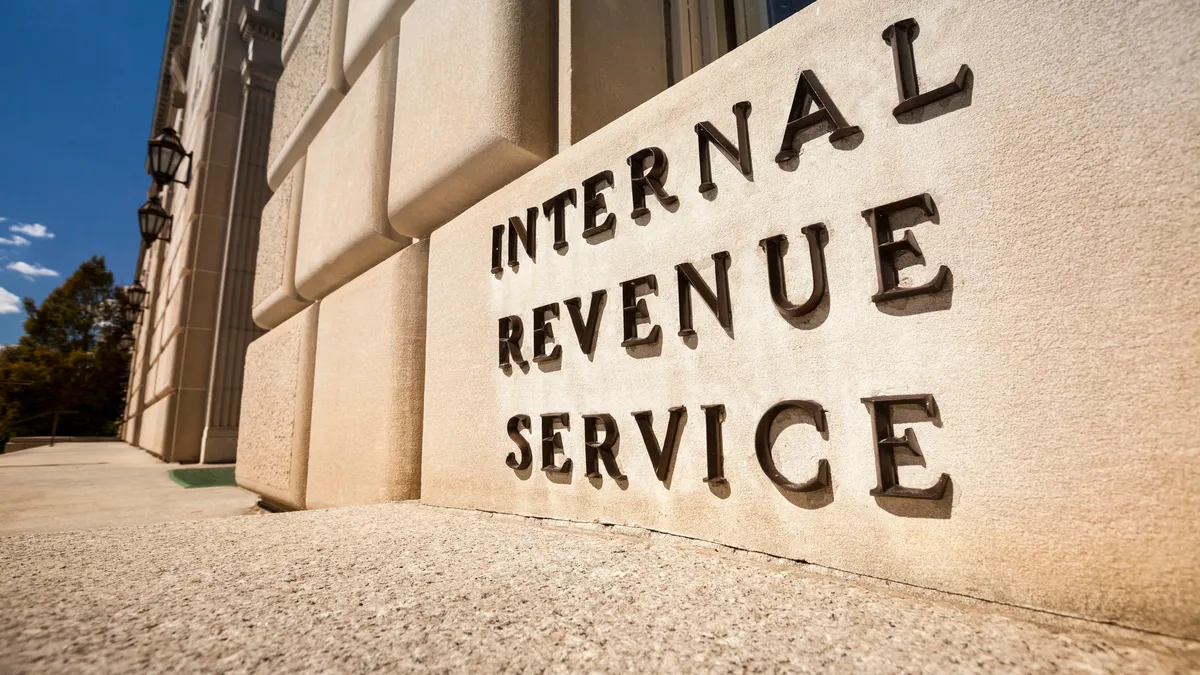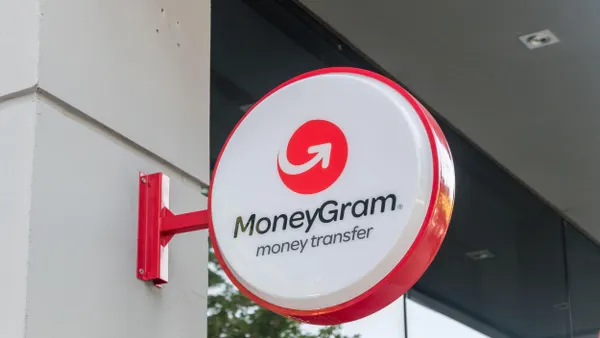Dive Brief:
- The Consumer Price Index (CPI) soared 9.1% last month amid a flare-up in energy prices, reinforcing prospects that the Federal Reserve will increase the benchmark interest rate by at least 75 basis points at the end of a two-day meeting on July 27.
- A 7.5% increase in energy prices fueled nearly half of the CPI surge to a 40-year record, the Labor Department said Wednesday. Higher costs for food, shelter and services also fanned inflation in June. So-called core inflation, which excludes volatile food and energy, rose 0.7% — the highest monthly gain this year and a sign that inflation is widespread.
- Price pressures “were higher than expected — a pandemic peak that solidifies the case for another 75 basis point increase in the federal funds rate later this month,” according to Olu Sonola, head of U.S. regional economics at Fitch Ratings. A basis point is one hundredth of a percentage point.
Dive Insight:
CFOs parsing the finer points of the jump in prices last month — and tracking the inflationary impact from COVID-19 lockdowns in China and Russia’s invasion of Ukraine — may find encouragement from recent signals of inflation.
Price pressures for oil, copper, corn and other commodities have eased in recent weeks on concerns that the economy is slowing. The average price for a gallon of gasoline has fallen 7% during the past month to $4.63, according to AAA.
Meanwhile, Walmart and other retailers have flagged rising inventories as consumer demand cools, with Target saying it plans to offer discounts.
Consumers have grown more optimistic about the outlook for price trends. Their expectation for inflation three years from now fell to 3.6% according to the most recent New York Fed Survey of Consumer Expectations compared with 3.9% in the survey last month.
Fed Chair Jerome Powell and other policy-makers have indicated they plan to achieve a sustained decline of inflation to their 2% target even at the risk of jolting economic growth.
“We are committed to and will succeed in getting inflation down to 2%,” Powell said during a webcast hosted by the European Central Bank on June 29. “The process is likely — highly likely — to involve some pain, but the worst pain would be from failing to address this high inflation and allowing it to become persistent.”
As they rein in demand, the Fed and other central banks will only partially achieve their inflation-fighting goals, according to a mid-year forecast by BlackRock released Monday.
“We ultimately expect central banks to live with inflation, but only after stalling growth,” BlackRock Investment Institute strategists said, predicting “persistent inflation amid sharp and short swings in economic activity.”
Central bankers “are not acknowledging the stark trade-off: crush economic growth or live with inflation,” BlackRock said. The Fed “is likely to choke off the restart of economic activity — and only change course when the damage emerges.”
Some economists believe a U.S. slowdown has already begun. The International Monetary Fund (IMF) on Tuesday trimmed its estimate for U.S. economic growth this year to 2.3% from a 2.9% forecast last month.
“The policy priority must be to expeditiously slow price growth without precipitating a recession,” IMF executive directors said in a statement.
Fed officials during their June 14-15 meeting voted to raise the main interest rate by 75 basis points in the largest increase since 1994.
Policymakers also supported raising the benchmark interest rate by either 50 or 75 basis points at their July gathering, noting persistent supply chain bottlenecks and the need to ensure their credibility in fighting the highest inflation since 1981, according to minutes of their meeting.













